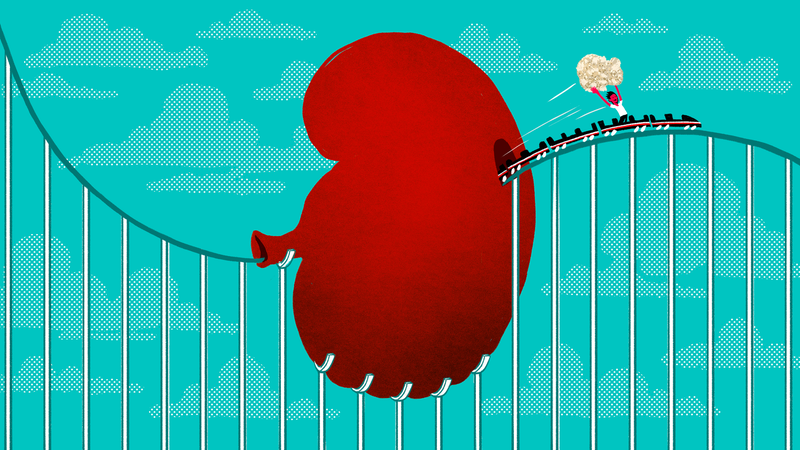
The Social Dilemma is a terrifying look at what tech engineers have done to make social media a deadly addiction. So it’s more than a little ironic the film couldn’t make itself more arresting.
That’s not to say the new Netflix documentary isn’t interesting and, at times, enlightening and downright terrifying. Directed by Jeff Orlowski (Chasing Coral), Dilemma dutifully examines the retardation effect of social media: YouTubers peddling conspiracies; dolts informing themselves with Facebook news feeds; cell phone junkies fixing from the toilet.
Dilemma goes a layer deeper, collecting the tech wizards who helped create Silicon Valley titans such as Google, YouTube, FaceBook, Instagram, Twitter, etc. They tell a Frankensteinian story of their gambit with Artificial Intelligence, in which they literally turned AI on themselves — and the world at large — with no idea the outcome.
Too bad the film is loaded with needless dramatizations to illustrate its points, as if producers decided the old, Ken Burns-style of non-fiction filmmaking (interviews, real people, news footage) needed a software update.
It didn’t, and the film suffers for it.
Which is a shame, because Dilemma has some doozie anecdotes. Like when early engineers talk of programming AI to keep readers locked on screens, even if it meant feeding them fake news. Or the engineer who came up with the idea to allow users to “tag” and alert other users that they’ve been named in a social media post, making it impossible to resist.
The most enthralling, though, is the Faustian bargain engineers made with AI. Technicians talk of giving AI a simple goal in their social media strategy, similar to teaching a computer to play chess. In this case, they programmed AI to send alluring alerts to social media users in dopamine- dosed chimes and crimson notifications.
Even technicians admitted they underestimated AI’s learning curve, and have had to battle their own addictions to mobile devices.
“If it’s free,” an engineer flatly says of social media (and its itinerant games, apps and services), “you’re the product.”

So how did Netflix let this gem slip through its fingers? Namely, with its silly and necessary stage flourishes. Instead of sticking with interviews, Dilemma assigns actors to play some of the engineers (and their families). It even has an actor to play Jaron Lanier, considered the godfather of virtual reality. He’s more striking than the actor playing him, and the drama undercuts Lanier’s insight.

Most egregiously, though, is Dilemma‘s portrayal of AI, here played by actor Vincent Kartheiser. Kartheiser was vanity embodied wonderfully in Mad Men. Here, though, he plays a cartoonish virtual villain, pudgy and merciless like a rabid Wizard of Oz.
It not quite enough to make Dilemma unwatchable. The details are too damning too ignore. But for a story about the unrelenting threat of a burgeoning computer threat, Dilemma could have used more of a human touch.


 and, yes, paper clips. Elements may combine in a way they never would have if left unadulterated, but the taproot source — from flesh and brains to chemical, metal, wood and plastic alloys — were all borne of the Big Bang and the chaos that followed. Unless you’re arguing that god is artificial (future column), then anything ever produced is natural. Even robots.
and, yes, paper clips. Elements may combine in a way they never would have if left unadulterated, but the taproot source — from flesh and brains to chemical, metal, wood and plastic alloys — were all borne of the Big Bang and the chaos that followed. Unless you’re arguing that god is artificial (future column), then anything ever produced is natural. Even robots. Mercy and malevolence remain just as baffling since we crawled from the ooze.
Mercy and malevolence remain just as baffling since we crawled from the ooze.







